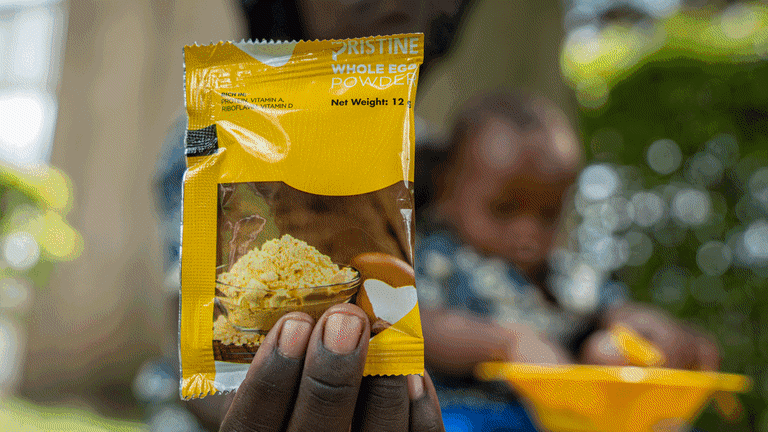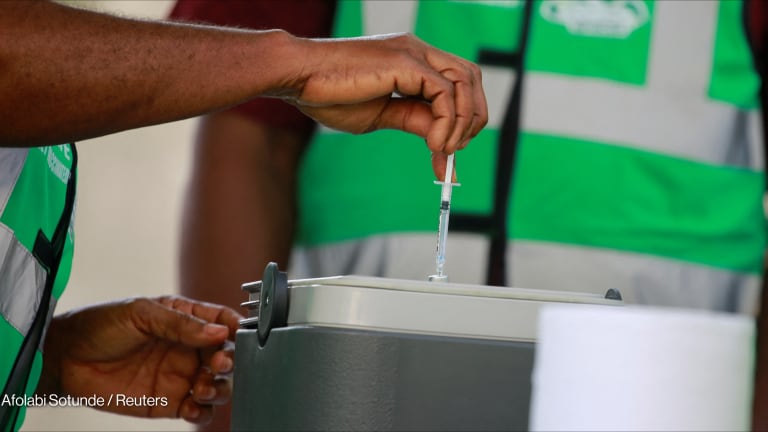
ALICANTE, Spain — The number of people newly displaced within their own countries this year could be almost triple that of 2019 if current trends continue.
In its midyear update, the Internal Displacement Monitoring Centre recorded more than 14.6 million new internally displaced persons across 127 countries and territories during the first half of 2020.
That is more than a third higher than the same period last year, when new IDPs increased by about 10.8 million. There were 33.4 million new IDPs during the whole of 2019.
The volatility of displacement crises — such as disasters and conflict — compounded by the reduced access to health care and increased economic hardship brought on by COVID-19 are to blame for the surge, said IDMC Director Alexandra Bilak in a statement.
“It is extremely worrying to report numbers this high so early in the year, particularly as we know that the majority of weather-related hazards in 2020 are still to come.”
— Alexandra Bilak, director, Internal Displacement Monitoring CentreBoth sudden and slow-onset disasters — including Cyclone Amphan in South Asia and floods in East Africa — were responsible for the biggest number of new IDPs at 9.8 million with India, Bangladesh, and the Philippines reporting the highest figures.
“It is extremely worrying to report numbers this high so early in the year, particularly as we know that the majority of weather-related hazards in 2020 are still to come,” Bilak said.
Opinion: From Cox's Bazar — how to address refugee needs amid COVID-19
This op-ed highlights three ways to support refugees during the pandemic that may prove instructive to aid workers in other challenging settings around the world.
Typhoon season in East Asia and the Pacific is ongoing while the Atlantic hurricane season — which last year brought Hurricane Dorian, in addition to 18 named storms, six hurricanes, and two other intense hurricanes — is still to come. Since June 30, there have also been floods in China, Bangladesh, and in the Sahel region of Africa, which the report says is likely to have led to more displacement that is yet to be accounted for.
Conflict and violence — primarily in Africa and the Middle East — is to blame for a further 4.8 million IDPs.
Despite the United Nations secretary-general’s call for a global cease-fire early on in the pandemic, Syria still recorded an increase of 1.5 million new IDPs as a result of conflict, the Democratic Republic of the Congo recorded 1.4 million, and Burkina Faso had 419,000. Elsewhere in Africa, Cameroon, Mozambique, Niger, and Somalia reported more new displacements in the first half of 2020 than in the whole of 2019.
While IDMC had been hopeful 2020 would be the year for change due to “positive political signals,” COVID-19 has stalled progress. Border closures mean those who would have perhaps sought assistance in neighboring countries have instead been forced to seek refuge domestically. The pandemic has also impacted the ability to deliver aid, made access to basic services more difficult, and even driven health care workers to displacement as they endure community-level discrimination over fears they may spread the coronavirus.
IDP camps themselves also have the potential to become COVID-19 breeding grounds, putting vulnerable populations at further risk. So far, cases have been reported in camps in Iraq, Syria, and Nigeria.
Bilak urged the international community to support governments in reversing these upward trends in displacement and finding long-term solutions.
On a practical level, this means first recognizing the issue as a national priority, then working with countries that are already addressing the issue to communicate and put goals in place, said Bina Desai, head of policy and research at IDMC.
Localization, including more capacity building, technical support, and financial support for local governments and community organizations is also important, she added.
While the number of internally displaced people reached a record high at the end of 2019, Desai believes it’s not too late to reverse the trend for 2020. Those displaced by disaster may return home and the amount of international attention on the issue — specifically through the new U.N. Secretary-General's High-level Panel on Internal Displacement — still offers hope.
“I think that hasn’t waned yet and there is still a lot of potential for change, which will only be reflected in reduced numbers much later down the line,” she said.
Update, Sept. 30, 2020: This story and headline have been amended to clarify that the number of new IDPs in the first half of 2020 surged compared to the same period last year.








